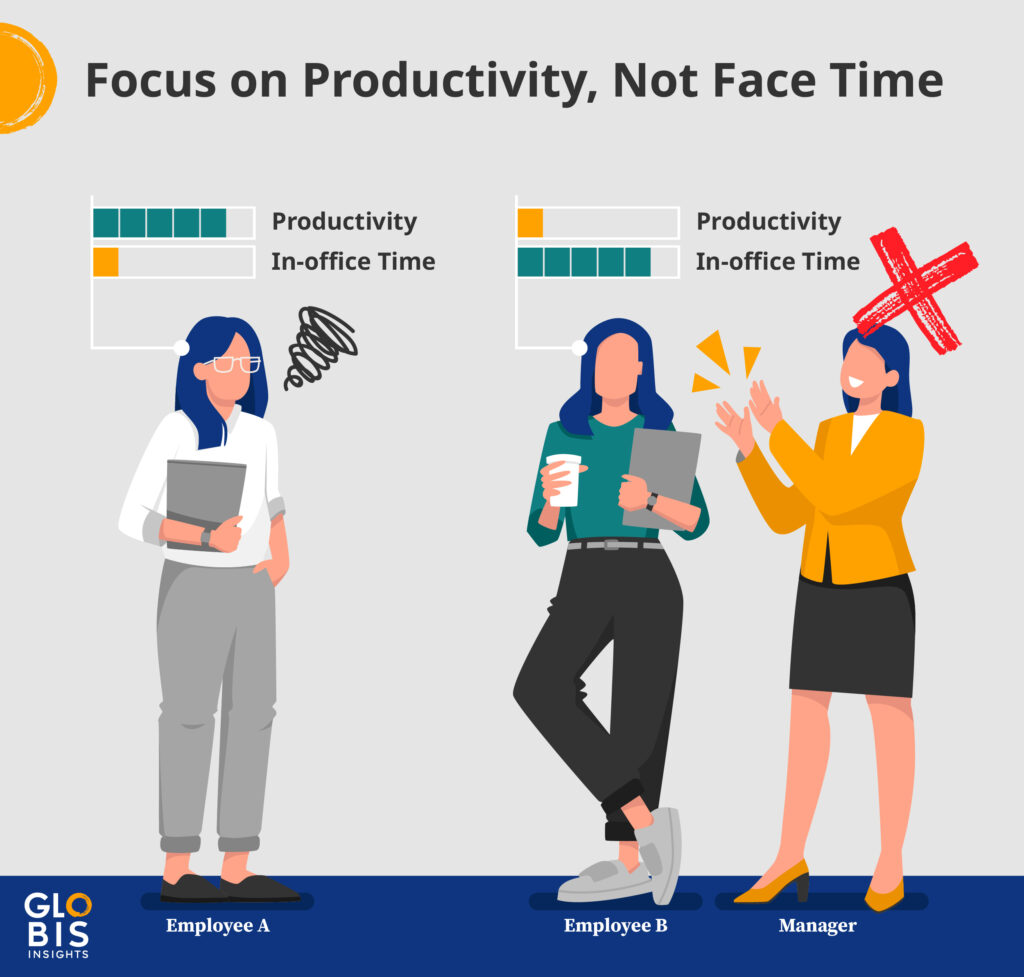When it comes to workplace dynamics, there’s will always be an element of favoritism. No matter how much your company insists that evaluations are solely data-based, there is no such thing as a perfectly fair system. However, a good manager will recognize their biases, and do their best to put personal preferences aside.
In the age of hybrid work, in-person interactions have been placed on a pedestal. And despite our best efforts to treat in-office and remote workers equally, it’s hard to fight against the natural human desire for social connection. Proximity bias has now taken center stage as companies push for employees to return to the office, and sometimes unduly reward those who do.
Proximity bias: An unconscious tendency to favor the people we’re physically closer to.
Understand Why You Crave Social Capital
Water cooler talk. A quick trip to a nearby café. Even the maligned smoke break. All these planned and unplanned interactions add up to the bigger picture of social capital networks.
In other words: bonding.
Despite the perks of an increasingly digital work landscape, even the most beautiful home office space can’t make up for the boost you get discussing Elon Musk’s latest antics in the breakroom. And it’s not just building up relationships to help advance your career, these interactions have a positive impact on your physical and mental health.
Indeed, the need for social interaction is included in Maslow’s Hierarchy of Needs as an integral key to emotional fulfillment. Beyond the psychological benefits of connecting with other human beings, recent studies have highlighted the detrimental physical consequences of social isolation due to the COVID-19 social distancing measures.

Find Ways to Connect with Remote Team Members
“Sorry, you had to be there.”
Now that you know there are both psychological and physiological benefits of in-person interaction, it’s no surprise a Zoom team lunch can sometimes feel like a bit of a letdown. But instead of scheduling yet another online meeting, try to be creative about how you can strengthen your relationship with your remote employees.
Weekend retreats and after-work drinks may work in the right circumstances, but for a hybrid team, consider activities that are less all-or-nothing. For example, create a health challenge for the month with the highest step count receiving a prize, or even just an online social space where people from different departments can get to know each other. If you do want an in-person gathering, consider a volunteer event where employee will feel they are contributing to something bigger than themselves, rather being forced into “mandated fun”.
Since the pandemic, according to a Microsoft study, employees in different groups or teams are connecting 25% less as a result of remote work. So it’s important to facilitate relationship building within your team and between departments as well.

Focus on Productivity, Not Face Time
It’s time to toss out the antiquated idea that people working remotely are slacking off. The uncomfortable reality is that if you hire the wrong people, they will find a way to avoid work regardless of the location.
And, in fact, according to recent data about remote worker productivity, the results show the opposite. In general, people working from home log longer hours, have better attendance, and get more done compared to their in-office counterparts. A common realization for many during lockdowns was how much time was wasted in an office settings. While the Elon Musks of the world continue to push strict in-office policies, more and more research continues to show that people do their best work when they’re given choice and flexibility. Surprising, right?
Next Article
Creative Leadership and Remote Work
Acknowledge In-Office Privilege
“You’re on mute,” at this point has become the slogan of COVID-19 and highlights the endless issues that arose from trying to quickly pivot from in-person to online. In a perfect world, people would live a walkable distance from work and be able to pop-in and out based on their work environment needs. But until teleportation becomes a reality, hybrid-work is an all-or-nothing situation that requires more scheduling gymnastics for some people than others.
Sure, you may be able to choose your in-office days on the fly, but your coworker has aging parents and is their primary carer in the evenings. In their case, a last-minute “team huddle” at 6pm forces them to look uncooperative when they have to bow out.
While one team member can maybe afford to live close to the office, perhaps another has a large family, so for them it’s a 45-minute drive in slow-moving traffic on a good day.

Recognize the Mental Safety of Remote Work
In a recent study by Fortune Forum, it found that race was also a factor is who wanted to return to the office. While 21% of white office workers preferred being in the office full-time, only 3% of black respondents had the same opinion. An uneasy truth is that underrepresented groups often field a constant barrage of microaggressions at work with little to no recourse. The mental energy of remaining neutral despite unprofessional comments can be exhausting.
And no, adding the caveat, “You know I’m joking, right?” does not make it ok.
So despite the bumps along the way in shifting to a hybrid or remote set-up, many people have found working from home to have a significant positive impact on their mental health.

Ask for Input and Keep Learning
As a leader, it’s an ongoing challenged to acknowledge your own conscious and unconscious biases. But this is the reality of a diversified workforce. Not everyone has the same experience or way of thinking, and this is a good thing, lest you fall into the trap of groupthink. But it requires managers to be more nuanced in their approach to making decisions that affect their team and to be introspective about learned behaviors that, perhaps, need to be re-examined. The hardest behaviors to stop are the ones we aren’t aware of.
Like most skills, acknowledging biases and engaging in critical thinking take practice. Rather than impose the burden on employees to advocate for themselves or to “speak up”, reach out to your team and ask what they need to be at their most productive.




